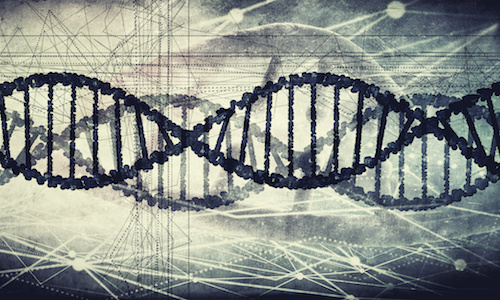 Evolution
Evolution
 Intelligent Design
Intelligent Design
Dynamic Genomes in Bacteria Argue for Design

Recent research described in a review article in the Journal of Biochemistry & Analytical Biochemistry (“Rethinking the Bacterial Genetic Regulation“) indicates there is more to bacterial genetics than was previously suspected.
Bacterial geneticists have had tidy maps of genomes, with promoters and transcription units and operons neatly outlined — all components that make sure that genes that work together are expressed at the same time. Those things are all still true. But nobody knew until recently about the existence of higher-level dynamics involved in genome regulation.
Using techniques analogous to those of the famous ENCODE project, which opened our eyes to the human genome’s complex expression and interaction patterns, scientists have discovered that just like in our genome, much of a bacterium’s genome is transcribed in both directions. This opens up the possibility of new forms of gene regulation. In addition, researchers have found the genome is organized into large-scale domains where long stretches of DNA are brought together so that genes involved in related functions can work together.
The way that the DNA supercoils seems to be involved in these dynamic domains. Some genes are preferentially expressed when the DNA is supercoiled, others when it is relaxed. There is also evidence to suggest “rapid movements (snaps) of the chromosomal loci and fast longitudinal density waves fluxing forth and back” along the nucleoid, the region of the cell where the bacterial cell’s DNA is located. The DNA is active and moving.
Such dynamic structural change is a remarkable thing.
It may potentially provide global levels of organization that can change in response to the environment in which the cell finds itself. The authors describe one way it may happen in a plant bacterial pathogen, and they suggest that similar modes of environmental response could be involved in other pathogens as well.
Codes within codes within codes — highly efficient and highly intelligent systems — don’t happen by accident and/or selection. The cell might begin with one code, which is incredible in itself. To layer another code in the opposite direction is far and away beyond that. Then to add a third layer of structural dynamics is simply awe-inspiring.
Image: � Sergey Nivens / Dollar Photo Club.
